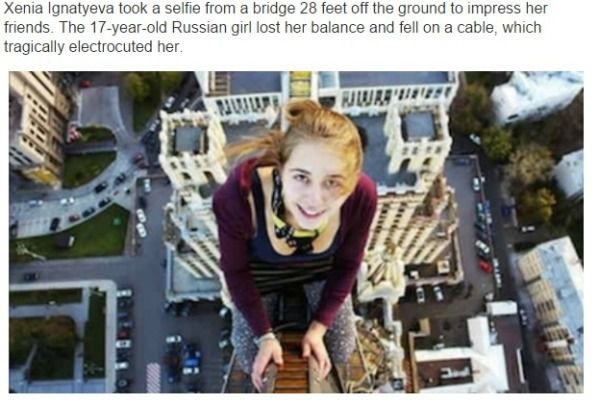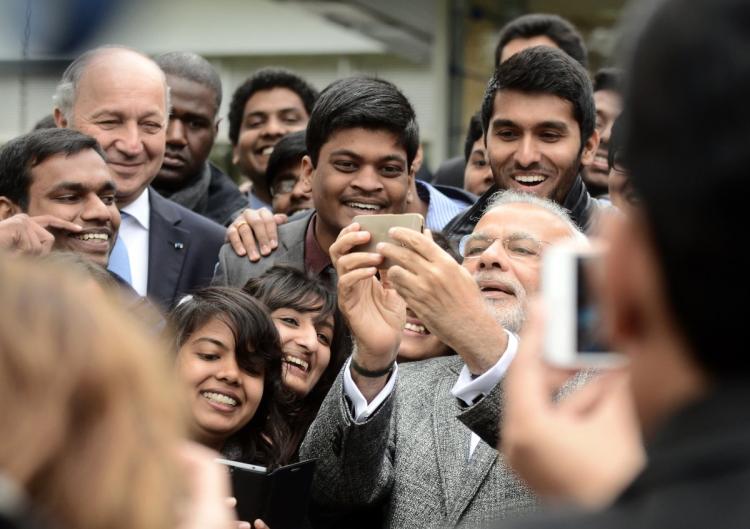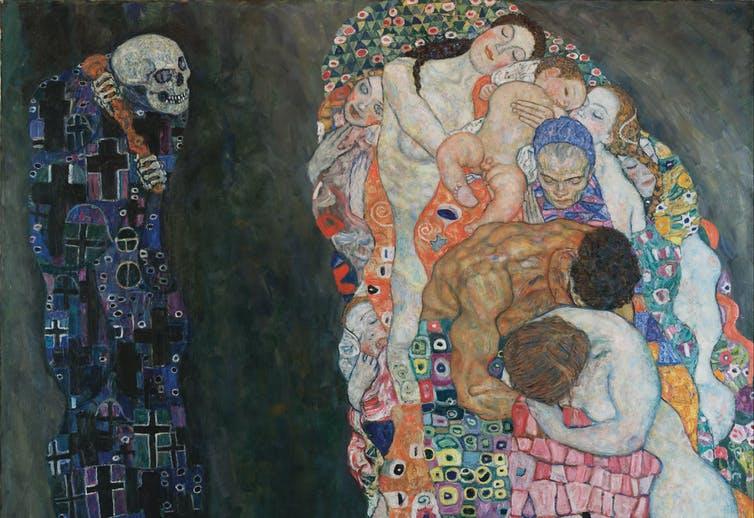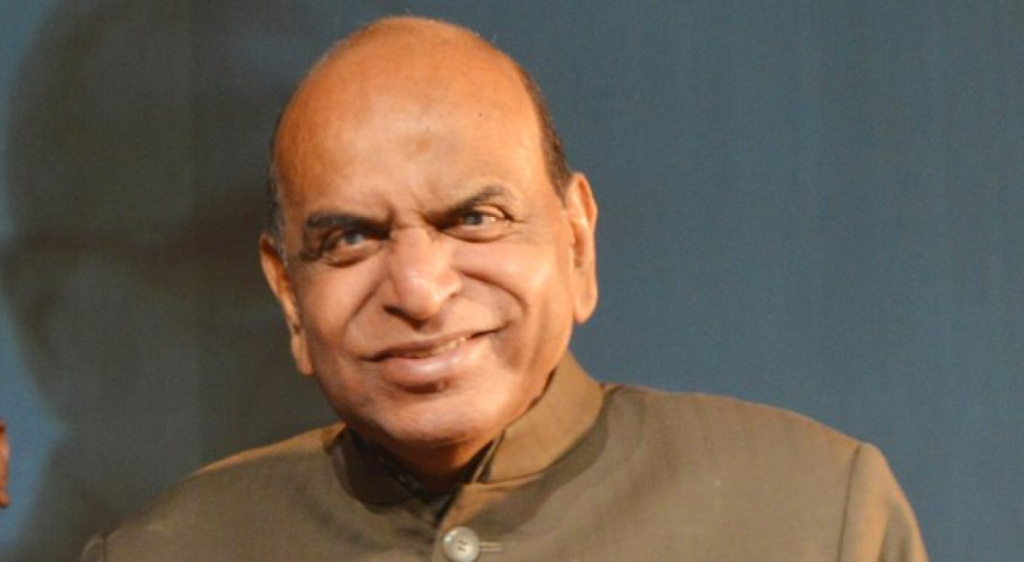A man in Rourkela was trampled to death by an elephant with which he was trying to click a selfie. This is one among the many selfie-deaths that take place every day around the world. The question we want to ask is whether this can be understood in isolation or is this only the manifestation of a dormant social disease?
Kabir |The New Leam
Telephones were invented to fill the need for communication when distance was a constraint thus allowing people irrespective of the miles between them to talk and hear each other. But like most other inventions the use of mobile phones far from remaining a matter of just actual need fast became an obsession that has now become impossible to deny. From children, to adolescents to adults if there is one thing that unites them all is it is their obsession with the gadget called the mobile phone and the way in which it has become an intrinsic part of their beings-almost a body organ.

From metros and bust stands to public places and malls and even hospitals, educational institutions, roads and shops people everywhere can be seen glued on to the screens of their smartphones doing something or the other. From the latest mobile applications and games to the new filters for pictures on social media people across generations are addicted to the device almost like a drug. Out of the many aspects of the use of the mobile phone and the culture of gadget obsession a recent trend has been that of taking ‘selfies’( photograph of oneself taken on a mobile phone and often posted on social media).
The obsession for these kinds of photographs has been so much that no place is left unused as a location to click them in- picnic spots, parks, roads, cars and even classrooms and hospital beds! It is almost a disease that can be seen as an outcome of the culture of extreme narcissism that is propagated by the age of hyper consumerism and markets simulation. It almost appears as if the individual defines himself/herself in the context of the ‘likes’ or comments that they get on social media and if they do not get adequate appreciation it may lead to symptoms of depression.

It is extremely tragic that far from being taken to keep the memory of as special moment the use of the photography button has become a disease of self-obsession and perpetual complex regarding the basis of one’s identity as an individual. The addiction with ‘selfies’ is such that many people have even put their lives on risk or have had fatal accidents while trying to click them.
The latest such case is from India where a man in Odisha was trampled to death by an elephant while taking a selfie. The incident took place in Mandiakudar area in Rourkela in Sundargarh district while the man was trying to click a selfie with the elephant who later killed him. The incident took place when forest officials were busy in driving away an elephant with the help of the local people when suddenly a person tried to take a photograph of himself with the elephant on the mobile phone when the elephant turned on him and injured him to death. This is not a case that has taken place in isolation rather this is only one among the many deaths that are taking place due to selfies everyday all over the world.
One wonders what kind of utter stupidity and lack of common-sense drives such an action, why do people even get ready to risk their lives for a mere photograph? Perhaps at a time when fulfilling work is on the decline and people have no sense of community beyond the social networks, when genuine friendships are rare and appreciation least it is self-expression in the form of selfies that people define themselves through. It is a deeper issue in terms of the kind of education we give to people, the kind of communities that we inhabit, the nature of work and self-worth that we need to contemplate upon. Our obsessive behaviour cannot be understood in isolation as it is only a manifestation of the disease that lies within. Let us take a moment to this about this.
The New Leam has no external source of funding. For retaining its uniqueness, its high quality, its distinctive philosophy we wish to reduce the degree of dependence on corporate funding. We believe that if individuals like you come forward and SUPPORT THIS ENDEAVOR can make the magazine self-reliant in a very innovative way














